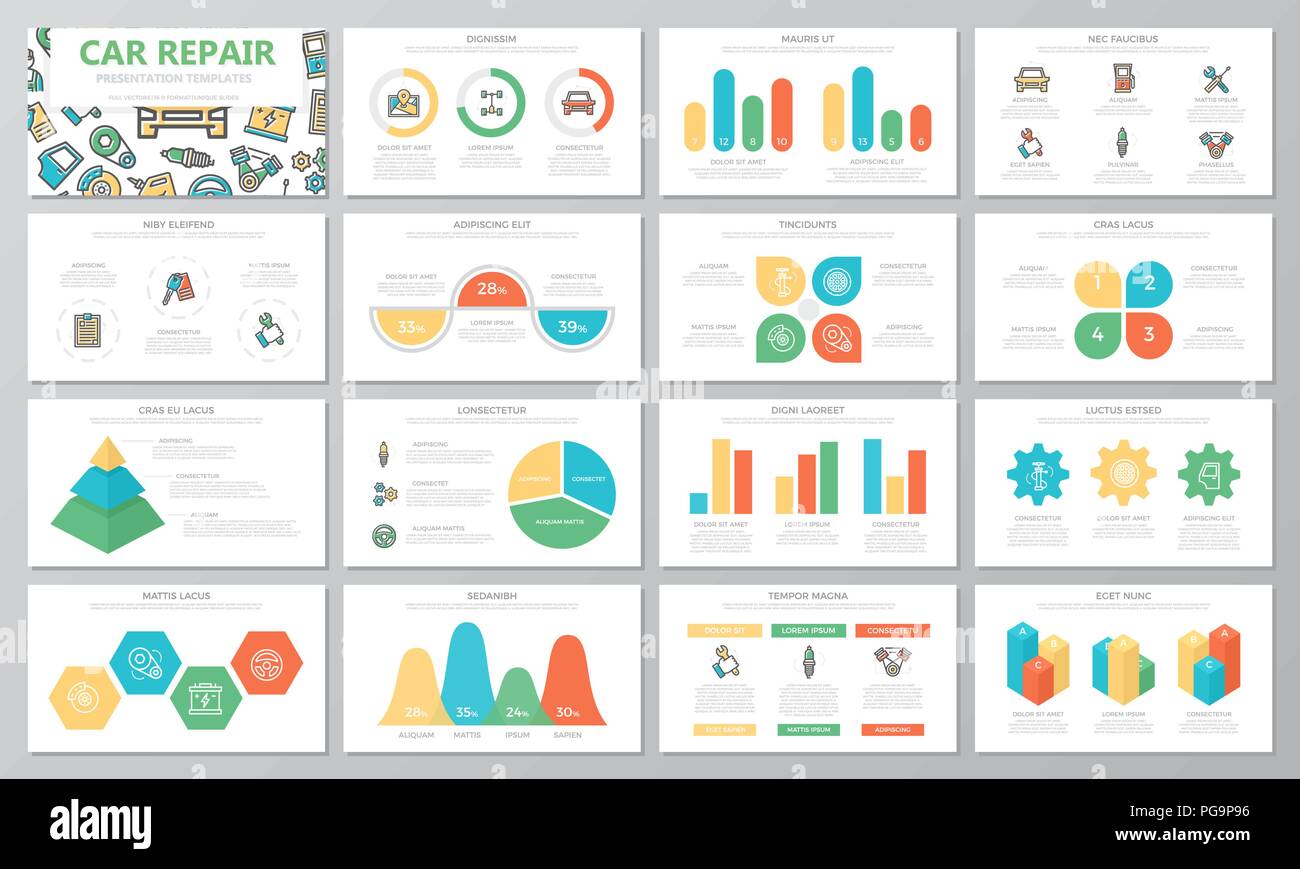Recognizing Your Auto'S Warning Lights: What Do They Really Mean?
Recognizing Your Auto'S Warning Lights: What Do They Really Mean?
Blog Article
Short Article Created By-Faulkner Gilbert
When you're behind the wheel, those radiant warning lights on your control panel can be a little bit difficult. Do you understand what they're trying to tell you about your automobile's health? Understanding the value of these lights is vital for your security and the longevity of your vehicle. So, the following time one of those lights appears, would not you wish to decode its message properly and take the needed steps to address it?
Common Caution Lights and Interpretations
Determine common caution lights in your cars and truck and understand their meanings to make certain secure driving.
One of the most regular warning lights include the check engine light, which signifies problems with the engine or emissions system. If this light comes on, it's critical to have your automobile examined promptly.
The oil pressure warning light indicates reduced oil pressure, calling for immediate focus to stop engine damages.
A flashing battery light could recommend a faulty charging system, possibly leaving you stranded otherwise addressed.
The tire pressure monitoring system (TPMS) light signals you to low tire stress, impacting automobile security and gas efficiency. Neglecting this can lead to dangerous driving problems.
The abdominal muscle light suggests a problem with the anti-lock braking system, compromising your capacity to quit quickly in emergencies.
Last but not least, the coolant temperature level warning light warns of engine getting too hot, which can result in serious damages otherwise solved swiftly.
Recognizing these typical warning lights will assist you deal with concerns immediately and preserve risk-free driving problems.
Value of Prompt Focus
Recognizing the common caution lights in your automobile is only the primary step; the value of without delay addressing these warnings can't be stressed sufficient to ensure your security on the road.
When your input here illuminates on your control panel, it's your auto's method of communicating a possible problem that needs interest. Disregarding view it now can lead to much more extreme troubles later on, jeopardizing your safety and security and possibly costing you more in repairs.
Trigger focus to cautioning lights can protect against malfunctions and crashes. As find out this here , a blinking check engine light might show a misfire that, if left unattended, could trigger damages to the catalytic converter. Resolving this immediately can conserve you from a costly repair work.
In a similar way, a brake system advising light may signify low brake liquid or worn brake pads, important parts for your safety when driving.
DIY Troubleshooting Tips
If you see a warning light on your dashboard, there are a couple of do it yourself fixing pointers you can try before looking for expert aid.
The primary step is to consult your cars and truck's guidebook to comprehend what the certain caution light suggests. Sometimes the problem can be as basic as a loose gas cap causing the check engine light. Tightening the gas cap may solve the issue.
Another usual issue is a reduced battery, which can set off various alerting lights. Checking the battery links for corrosion and ensuring they're secure may deal with the trouble.
If a caution light continues, you can attempt resetting it by disconnecting the automobile's battery for a couple of mins and afterwards reconnecting it. In addition, examining your vehicle's liquid degrees, such as oil, coolant, and brake fluid, can assist fix cautioning lights associated with these systems.
Final thought
Finally, comprehending your auto's caution lights is vital for maintaining your vehicle running smoothly and securely. By promptly resolving these informs and knowing what they indicate, you can stay clear of costly fixings and prospective malfunctions.
Remember to consult your automobile's handbook for certain details on each alerting light and act appropriately to make sure a trouble-free driving experience.
Stay informed, stay secure when driving!
